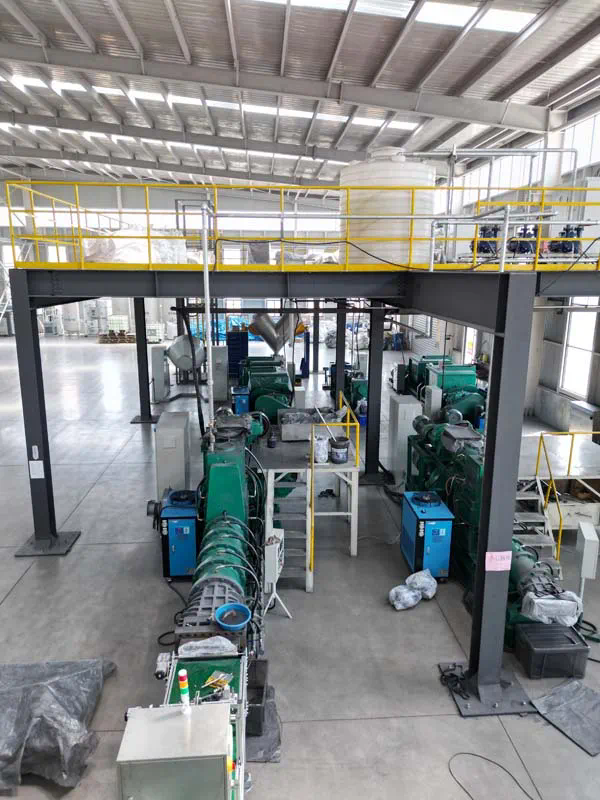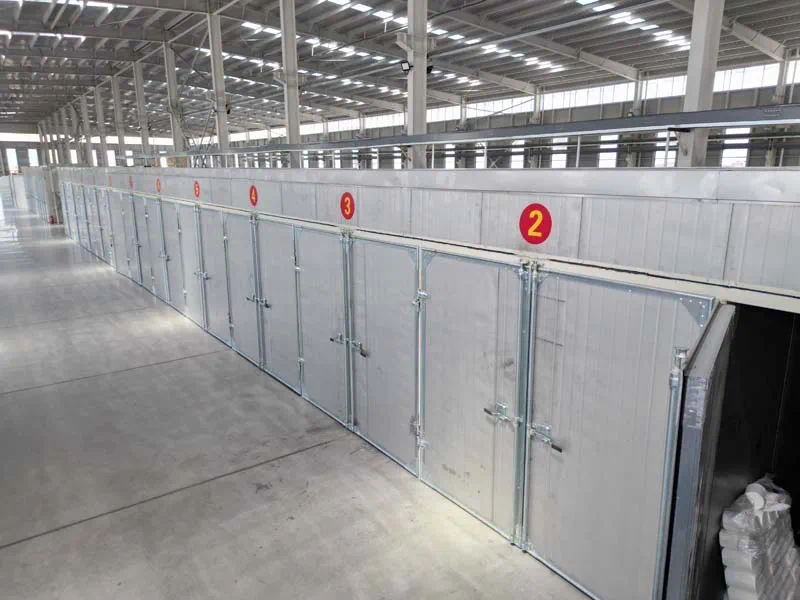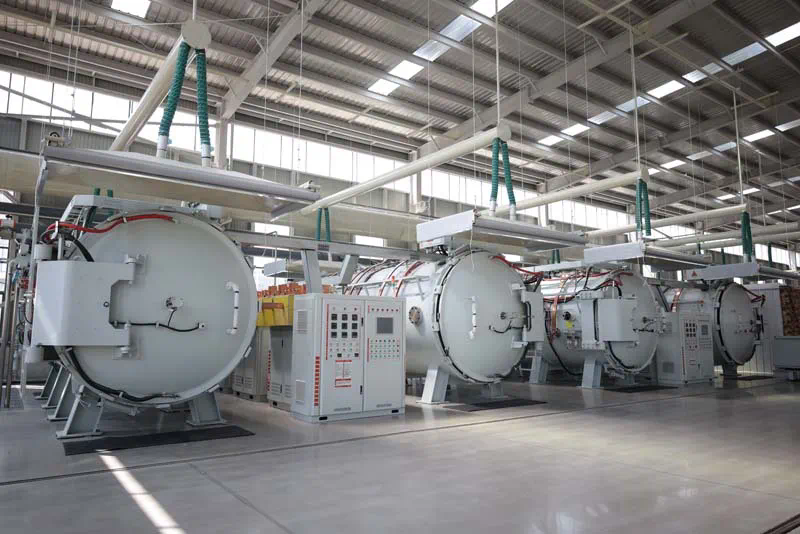Exploring Silicon Carbide Grit: Applications in Abrasives
Silicon carbide (SiC) is a remarkable material that has found widespread use in various industries, particularly in the field of abrasives. Its exceptional hardness, thermal stability, and chemical resistance make it an ideal choice for a range of applications where traditional materials might fall short. This article delves into the multifaceted applications of silicon carbide grit in abrasives, exploring its unique properties, advantages, and diverse uses in different sectors.
Silicon carbide, also known as carborundum, was first discovered in 1891 by Edward G. Acheson, who initially synthesized it during experiments to create artificial diamonds. Since then, silicon carbide has evolved into a crucial material in various industrial applications. The grit form of silicon carbide, in particular, is a key component in abrasives used for cutting, grinding, and polishing.
One of the most significant properties of silicon carbide grit is its hardness. On the Mohs scale of mineral hardness, silicon carbide ranks at 9 to 9.5, making it one of the hardest materials available. This extreme hardness enables silicon carbide abrasives to efficiently cut through hard materials like metals, ceramics, and glass. The ability to maintain a sharp cutting edge over time is a critical advantage in industrial applications, reducing the need for frequent replacement and enhancing productivity.
Silicon carbide’s thermal stability is another valuable property. It can withstand high temperatures without significant degradation, making it suitable for applications involving extreme heat. This characteristic is particularly useful in processes such as grinding and cutting, where high frictional heat is generated. The ability of silicon carbide to maintain its structural integrity under these conditions contributes to its effectiveness and longevity as an abrasive material.
The chemical resistance of silicon carbide further enhances its versatility. Unlike many other abrasive materials, silicon carbide does not react with acids or bases, making it ideal for use in environments where corrosive substances are present. This resistance to chemical attack ensures that silicon carbide abrasives maintain their performance and durability even in challenging conditions.
Silicon carbide grit is used in various forms, including as loose grit, coated abrasives, and bonded abrasives. Each form has specific applications and advantages. Loose grit is often used in sandblasting or abrasive blasting processes, where it is propelled against surfaces to clean or etch them. The sharp edges of silicon carbide grit effectively remove contaminants and achieve a desired surface finish.
Coated abrasives, such as sandpaper and grinding discs, incorporate silicon carbide grit onto a backing material. These abrasives are silicon carbide crucible commonly used in woodworking, metalworking, and automotive applications. The sharpness and durability of silicon carbide grit make coated abrasives suitable for tasks that require precision and consistency, such as sanding or polishing intricate surfaces.

Bonded abrasives, including grinding wheels and honing stones, use silicon carbide grit embedded in a binding matrix. These abrasives are employed in machining operations where precise material removal is essential. The combination of silicon carbide’s hardness and the bonding matrix allows for efficient material removal and excellent surface finishes. Bonded abrasives are widely used in industries such as manufacturing, aerospace, and automotive for tasks ranging from surface grinding to precision honing.
In addition to its use in traditional abrasive applications, silicon carbide grit has found niche applications in specialized fields. For example, in the electronics industry, silicon carbide abrasives are used for the polishing and finishing of semiconductor wafers. The high purity and consistency of silicon carbide grit ensure that semiconductor surfaces are polished to the exacting standards required for high-performance electronic devices.
The versatility of silicon carbide grit extends to its use in the construction industry as well. Silicon carbide abrasives are employed in cutting and grinding concrete, masonry, and stone materials. The material’s ability to maintain its cutting efficiency over prolonged use makes it a valuable tool for construction professionals working with hard, abrasive surfaces.
Another notable application of silicon carbide grit is in the field of ceramics and glass. Silicon carbide abrasives are used to shape, grind, and polish ceramic and glass materials, which are often challenging to work with due to their hardness and brittleness. The sharpness and durability of silicon carbide grit facilitate precise material removal and achieve high-quality finishes on these delicate surfaces.
The environmental impact of silicon carbide grit production and usage is also an important consideration. While silicon carbide itself is a stable and non-toxic material, the production process involves high-energy consumption and the use of various chemicals. Efforts to improve the sustainability of silicon carbide production include advancements in recycling and the development of more energy-efficient manufacturing techniques. Additionally, the durability of silicon carbide abrasives contributes to their environmental benefits by reducing the frequency of replacement and minimizing waste.

As technology advances, the applications of silicon carbide grit continue to expand. Research and development in material science are leading to innovations in silicon carbide formulations and processing techniques. For instance, the development of ultra-fine silicon carbide grits is enhancing the precision of abrasive applications in industries such as optics and aerospace.
In summary, silicon carbide grit is a versatile and valuable material in the realm of abrasives. Its exceptional hardness, thermal stability, and chemical resistance make it suitable for a wide range of applications, from traditional cutting and grinding to specialized uses in electronics and construction. As industries continue to evolve, the role of silicon carbide grit is likely to grow, driven by ongoing advancements in technology and an increasing demand for high-performance materials. The continued exploration and application of silicon carbide grit will undoubtedly contribute to the advancement of various industrial processes and technologies.

https://inorthshore.com/
